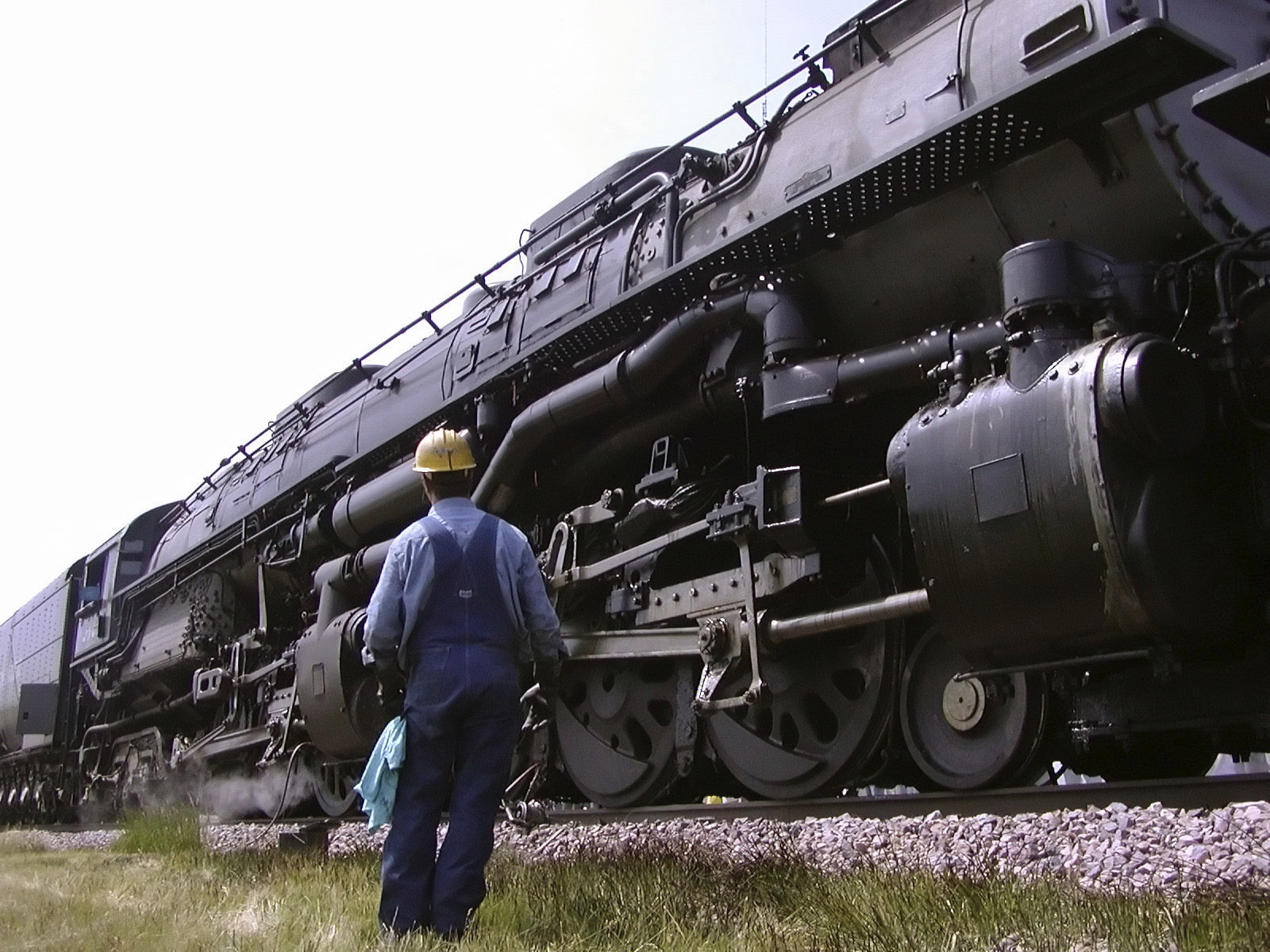

When we think about a “dangerous job,” railroad work may not be the first that comes to mind, but many people don’t realize what railroad workers do and how many people have been employed in the railroad industry over the years. In 1917, the U.S. railroads operated about 254,000 miles and employed 1.8 million people – that’s more than any other industry at the time.
These railroad workers vary from engineers and conductors to yardmasters, railroad brake, signal or switch operators and locomotive firers. Before the transition from steam- to diesel-powered locomotives in the 1950s, steam locomotive repairmen were also common and included boilmakers, pipefitters, machinists and tin-knockers. These workers, perhaps, are thought to have had the most dangerous railroad job of all.
Why? Railroad workers responsible for the repair of steam locomotives were the most likely to be exposed to asbestos – a toxic mineral that if inhaled, can cause asbestos-related diseases like mesothelioma.
One study from the National Institutes of Health in the 1980s found that 514 white, male employees of an active U.S. railroad, 21 percent of the workers ages 50 and older had likely been exposed to asbestos on the job.
Now think back to the 1.8 million railroad workers employed in 1917 alone and how many of them were unknowingly exposed asbestos. If the rate of asbestos exposure from this study held true for the 1.8 million workers in 1917, that would mean 378,000 workers were likely exposed to asbestos.
And asbestos wasn’t only around the workers most likely to be exposed. It was also found throughout the rail system including in construction materials, as well as brake shoes, gaskets and packing, floor tiles of passenger cars, heating boilers for passenger cars, insulation for steam lines, and numerous other asbestos products.
Jumping further ahead to between 1990 and 1999, the numbers are still astonishing. During that timeframe, the railroad industry was the fourth most frequently listed industry on the death certificates of individuals over 15 years of age who died from asbestosis.
Hope for Railroad Workers: The Federal Employers’ Liability Act (FELA)
In 1908, Congress passed the Federal Employers’ Liability Act (FELA), which provides protection for railroad workers across the country. The act provides a federal system of legal recovery for locomotive workers and their families for injuries sustained on the job. Not only does FELA provide a basis for legal claims for railroad workers, it also promotes a liability standard for the employer regarding working conditions and safety.
For a railroad worker to bring a claim under FELA, they must establish that the employer, railroad or equipment manufacturer is at fault for the injury suffered by the worker and failed to provide a safe place to work. The amount of fault that needs to be shown, however, is less than the amount of fault required for other forms of negligence claims, such as a lawsuit for injuries suffered in a collision.
Why File a FELA Claim?
“You have mesothelioma” should never be heard by any worker (or person), including those who worked in the railroad industry. If you or a loved one is a railroad worker has since been diagnosed with an asbestos-related disease like mesothelioma, you should consider filing a FELA claim to secure compensation for:
- Your past and future wage loss
- The cost of your past and future medical treatments
- Your past and future pain, suffering and mental distress
Simmons Hanly Conroy Partner Ken Danzinger has years of experience helping railroad workers file FELA cases. In fact, he has been litigating FELA cases for two decades. One of his past clients, a California railroad worker, spent years scrapping steam engines that were full of asbestos insulation. He was diagnosed with mesothelioma and turned to Simmons Hanly Conroy for help. Sadly, he passed away before the lawsuit was complete, but Danzinger and the firm were able to quickly obtain a good outcome for the man’s family. SHC has represented dozens more similarly exposed railroad workers.
Our asbestos attorneys have recovered millions to help railroad workers pay for medical bills and hold those who harmed them accountable. Learn more about the railroad occupation’s link to asbestos exposure and mesothelioma, and see if a free legal consultation with one of our attorneys is right for you.




